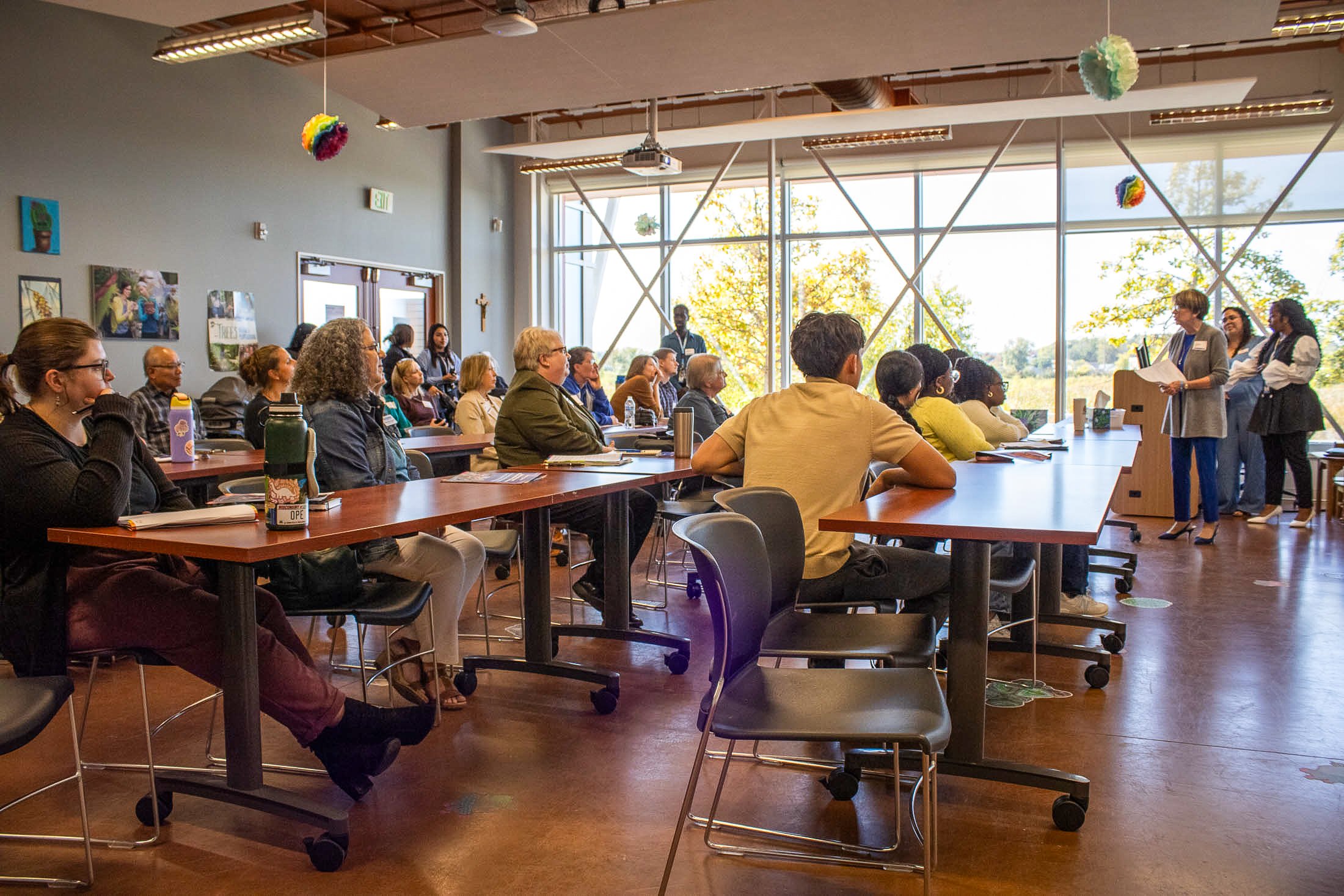Spring Forward: Community Advocacy Highlights
Our Parent Council meetings have been going strong, and it’s been amazing to welcome new faces each time we meet. We’re so grateful for everyone who joins in, shares their thoughts, and helps make our work even better by making sure our initiatives and strategies align with our community’s needs.
Year About Youth - Bringing the Community Together for Rochester’s Young People
Just like the rapid pace of time, C2C's work is gaining momentum, especially after Rochester Mayor Kim Norton's State of the City address. In January, Mayor Norton dedicated 2025 to youth and education, officially naming it the Year About Youth (Y.A.Y!).
Improving Youth Programs Through Data
We're excited to keep working with partners who help make sure our data collection and analysis is done with best practices.
Strengthening Our Network Connections Beyond Meetings
To re-engage members, we (Gregory Jacob III and Anna Schmidt- the new Network Facilitators), have been reaching out through various channels—within workgroups, through network-wide communications, and through individual check-ins.
Top Ten Highlights from 2024
As we wind down the year, we enter a time of reflection and rest. This is a time to relax, enjoy time with family, and reflect on the year’s accomplishments. Cradle 2 Career (C2C) has a lot to celebrate this year! We are celebrating our top ten highlights from 2024.
Introducing the 2024 Annual Education Summit Keynote Speaker: Myles Shaver
Myles Shaver is Associate Dean of Faculty and Research at the University of Minnesota’s Carlson School of Management where he is also Professor of Strategic Management and Entrepreneurship and holds the Curtis L. Carlson Chair in Corporate Strategy.
Read to learn more about Myles, his presentation, and how you can register for the 2024 Annual Education Summit.
Unlocking Potential: Community-Led Strategies for Prenatal Care Equity
Discover how a community-led project in Olmsted County is tackling prenatal care inequities. We've partnered with local voices to uncover barriers and craft solutions, paving the way for more accessible healthcare. Learn about our findings and how you can contribute to this important effort.




















